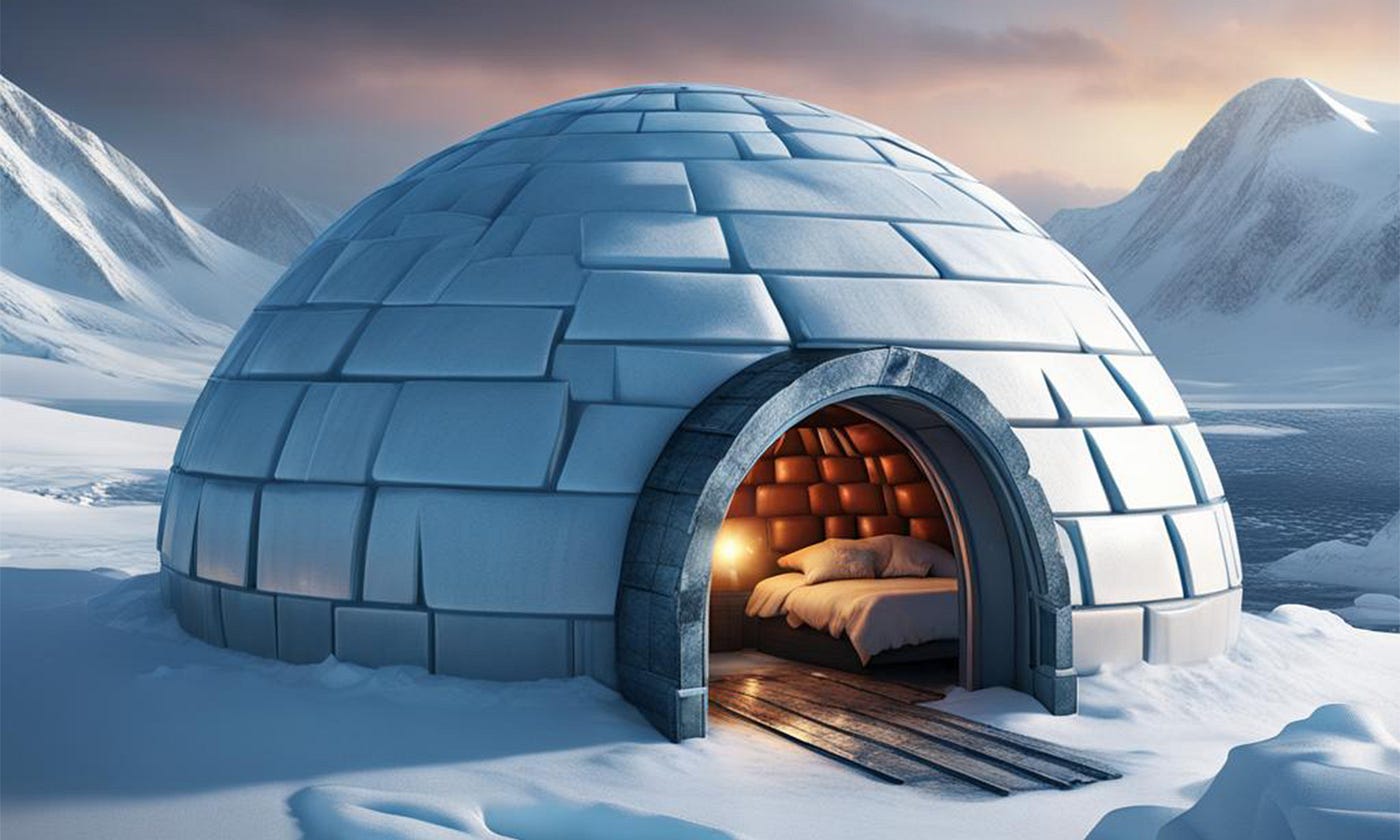Micro-teaching: houses around the world

Grade: 1
Date: 20.02.24
Time: 14:00 - 14:35
Objective:
Students will be able to learn about different types of houses from various parts of the world.
Materials:
- Pictures of various types of houses from different countries (igloo, hut, apartment, yurt, etc.)
- A globe or world map
- Flashcards with vocabulary words (house, igloo, hut, apartment, yurt, home)
- A simple storybook about homes
- Drawing paper and crayons or markers
Materials:
- Pictures of houses from different countries (igloo, hut, apartment, yurt, etc.)
- video of different houses https://www.youtube.com/watch?v=VJtL9atkbGE&t=1864s
- A globe or world map
- A storybook about homes
- Drawing paper and crayons or markers
Language:
- Vocabulary: house, igloo, hut, apartment, yurt, home
- Simple sentences: "This is a house." "An igloo is made of ice." "People live in a hut."
- Structure: has got, hasn't go, can, can't.
Warm up (5 minutes):
T says "Good morning, class! Today, we are going to learn about different kinds of houses from all around the world. Can you say 'houses'?" Ss, repeat.
Activate prior knowlege: Display pictures of various types of houses on a board or screen. Ask the students what they see and describe each house briefly. And at this stage I asked where do they live?, what type of house do they live and what rooms do they have.
Preparation and presentation (10 minutes)
I asked the concept by asking: What is a house? and a video of different house was played. "A house is a place where people live. Houses can look very different depending on where they are."
I Introduced Types of Houses: by Showed pictures and briefly explain each type of house:
- Igloo: "An igloo is made of ice and snow. People in cold places like Alaska live in igloos."
- Hut: "A hut is made of wood, straw, or mud. People in some parts of Africa and Asia live in huts."
- Apartment: "An apartment is a home in a big building. Many people live in apartments in big cities."
- Yurt: "A yurt is a round tent made of felt or fabric. People in Mongolia live in yurts."
- Traditional houses: Show examples from various cultures (e.g., Japanese houses, Swiss chalets).
Chant: Have students repeat the names of the houses: "Igloo," "Hut," "Apartment," "Yurt."
Assignment ( 5 minutes)
By using a globe: I Showed a globe or world map. Point to the regions where each type of house is commonly found. "Here is Alaska, where people live in igloos."
Matching Game: On a worksheet the students, matched the type of house with the name of the country or region.
Reading practice (10 minutes):
Email reading: students read a boy's email were he said where is he from and where he lives in what type of house he live in, what's in his house and what's not, also, what can he do at home and what he can't.
Draw Your Own House (5 minutes): I Gave each student a piece of drawing paper and crayons or markers. I Asked them to draw the type of house they live in. I Encourage them to add details like rooms.
Assessment: Make a poster out of the drawing and point out the differences in all the houses. At the end, I ask the students in what house will the like to live in the future.

Comments
Post a Comment